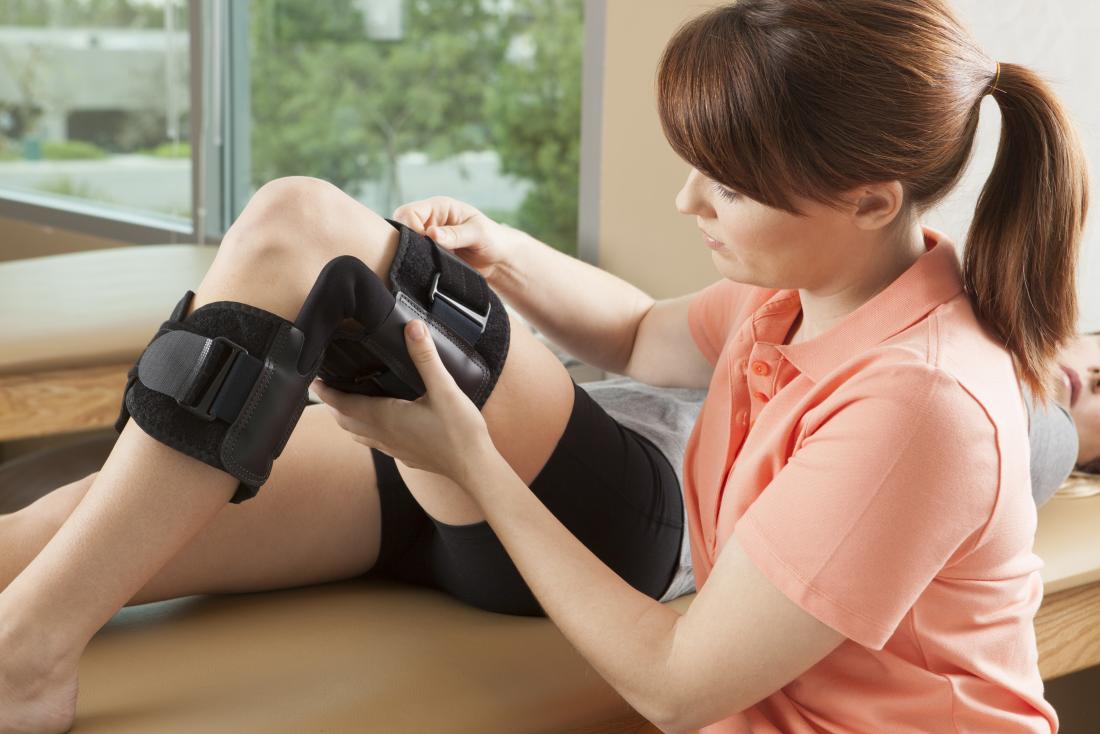Table of Contents
What is unspecified abnormalities of gait and mobility?
Abnormal gait or a walking abnormality is when a person is unable to walk in the usual way. This may be due to injuries, underlying conditions, or problems with the legs and feet. Walking may seems to be an uncomplicated activity.
What is the ICD-10 code for difficulty ambulating?
R26. 2 – Difficulty in walking, not elsewhere classified | ICD-10-CM.
What is the ICD-10 code for difficulty in walking?
R26. 2, Difficulty in walking, not elsewhere classified, or R26. 89, Other abnormalities of gait and mobility.
What is the ICD-10 code for imbalance?
Other abnormalities of gait and mobility The 2022 edition of ICD-10-CM R26.89 became effective on October 1, 2021. This is the American ICD-10-CM version of R26.
What are the abnormalities of gait?
There are eight basic pathological gaits that can be attributed to neurological conditions: hemiplegic, spastic diplegic, neuropathic, myopathic, Parkinsonian, choreiform, ataxic (cerebellar) and sensory.
What problems could an abnormal gait cause?
Infections. Injuries, such as fractures (broken bones), sprains, and tendinitis. Movement disorders, such as Parkinson’s disease. Neurologic diseases, including multiple sclerosis and peripheral nerve disorders.
What is the most common cause of gait disorders?
The causes of gait disorders include neurological conditions (e.g. sensory or motor impairments), orthopedic problems (e.g. osteoarthritis and skeletal deformities) and medical conditions (e.g. heart failure, respiratory insufficiency, peripheral arterial occlusive disease and obesity).
How do you fix gait abnormalities?
You will need to strengthen your musclesu2014so prepare to work hard on those physical therapy exercises. Some of the most common gait-training physical therapy exercises simply involve basic walking movements, like stepping over objects, lifting your legs, sitting down, and standing back up again.
What is the ICD-10 code for difficulty walking?
R26. 2, Difficulty in walking, not elsewhere classified, or R26. 89, Other abnormalities of gait and mobility.
What is the ICD-10 code for impaired functional mobility?
Z74.0
What is the ICD-10-CM code for gait instability?
Other abnormalities of gait and mobility R26. 89 is a billable/specific ICD-10-CM code that can be used to indicate a diagnosis for reimbursement purposes. The 2022 edition of ICD-10-CM R26. 89 became effective on October 1, 2021.
What is the diagnosis code R26 9?
Unspecified abnormalities of gait and mobility
What is the ICD-10 code for impaired mobility?
Z74.0
What is the ICD-10 code for leg weakness?

ICD-10-CM Code for Weakness R53.1
What is the ICD-10 code for non weight bearing?
Difficulty in walking, not elsewhere classified R26.2 is a billable/specific ICD-10-CM code that can be used to indicate a diagnosis for reimbursement purposes. The 2022 edition of ICD-10-CM R26.
What is ICD-10 code for balance impairment?
R26. 81 – Unsteadiness on feet. ICD-10-CM.
What is the ICD-10 code for balance problem?
R26. 81 – Unsteadiness on feet. ICD-10-CM.
What is the ICD-10 code for gait imbalance?
ICD-10 code R26.9 for Unspecified abnormalities of gait and mobility is a medical classification as listed by WHO under the range – Symptoms, signs and abnormal clinical and laboratory findings, not elsewhere classified .
What is the ICD-10 code for unsteadiness?
Unspecified abnormalities of gait and mobility
What is the most common gait abnormality?
Epidemiology and classification of gait disorders Among the neurological causes, sensory ataxia (18 %) and parkinsonian (16 %) gait disorders were the most common, followed by frontal (8 %), cerebellar ataxic gait disorders, cautious gait and hypotonic paretic, spastic, vestibular and dyskinetic gait disorders.
What are 3 abnormalities you look for during gait analysis?
3. Observe any abnormalities in the length of stride, arm swing, heel strike, and toe off; pelvic tilt; or any limping. Asking the following questions while observing may be helpful: Is the weight transferred in a smooth manner from heel strike to toe off?
What causes abnormalities of gait and mobility?
Other Causes of Gait Disorders You may have balance issues from a problem with your inner ear that affects movement. Medical conditions such as heart disease, respiratory difficulties, and obesity can also affect your mobility and how you move.
What are gait symptoms?
People can experience:
- dizziness.
- lightheadedness.
- vertigo.
- motion sickness.
- double vision.
What are abnormal gait problems?
What is abnormal gait? Abnormal gait or a walking abnormality is when a person is unable to walk in the usual way. This may be due to injuries, underlying conditions, or problems with the legs and feet. Walking may seems to be an uncomplicated activity.
What neurological conditions affect gait?
Neurologic Disease The weakness of the hip and lower extremity muscles commonly cause gait disturbances. Cerebral palsy, muscular dystrophy, Charcot Marie Tooth disease, ataxia-telangiectasia, spinal muscular atrophy, peroneal neuropathy, and microvascular white-matter disease all cause significant gait disabilities.

